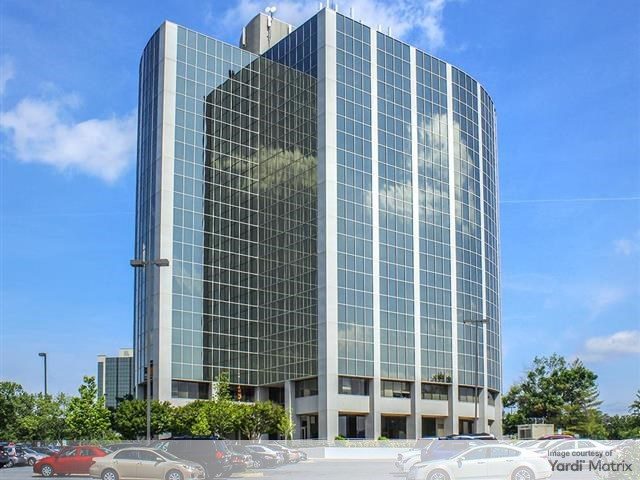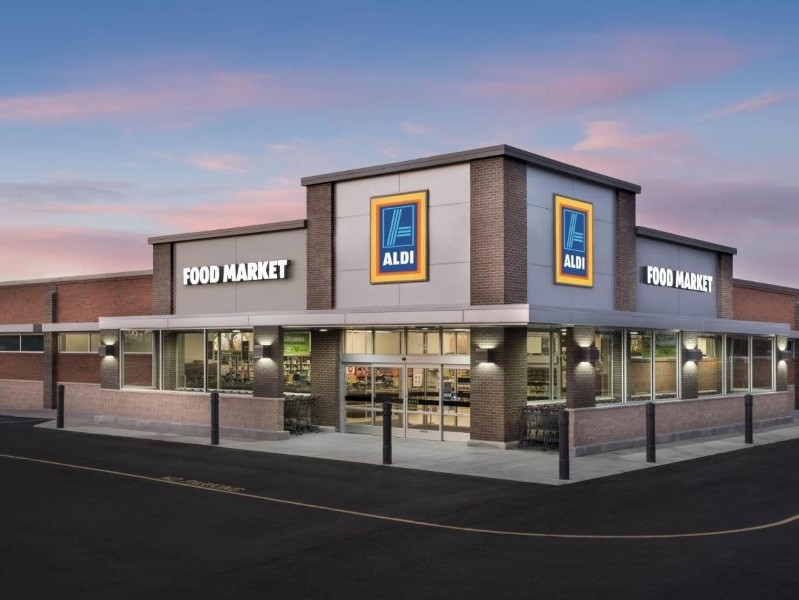Net-Leased Drug Stores’ Rising Cap Rates
By Randy Blankstein, President, The Boulder Group: How the potential merger of Walgreens and Rite Aid is impacting the drug store sector's performance in 2016.
By Randy Blankstein, President, The Boulder Group
 Cap rates for single-tenant CVS, Rite Aid and Walgreens properties all increased significantly in the third quarter of 2016. Cap rates for the net-leased drug store sector increased by 51 basis points to a 6.0 percent cap rate when compared to the prior year. Rite Aid and Walgreens cap rates experienced the largest increases, at 35 and 37 basis points, respectively, due to investors’ concern about store closures with Walgreens’ potential acquisition of Rite Aid. In the same timeframe, CVS cap rates increased by 30 basis points.
Cap rates for single-tenant CVS, Rite Aid and Walgreens properties all increased significantly in the third quarter of 2016. Cap rates for the net-leased drug store sector increased by 51 basis points to a 6.0 percent cap rate when compared to the prior year. Rite Aid and Walgreens cap rates experienced the largest increases, at 35 and 37 basis points, respectively, due to investors’ concern about store closures with Walgreens’ potential acquisition of Rite Aid. In the same timeframe, CVS cap rates increased by 30 basis points.
Transaction volume in the drug store sector has also slowed because of investors’ concern about the potential Walgreens-Rite Aid merger. However, investment sales activity has been strong in concentrated areas, with drug store assets in core markets experiencing the highest sales performance. The concern regarding the merger has also caused the cap rate premiums associated with the drug store sector to decrease. In the third quarter of 2016, the spread between the overall net lease retail market and the drug store sector compressed to 10 basis points. This spread has historically been greater, ranging from 75 to 100 basis points in the past three years.
The supply of drug store assets decreased when compared to the prior year by 27.3 percent. Not only did the availability of drug store assets decrease, closed transaction volume for drug stores decreased by 19.2 percent when comparing the first three quarters of 2015 and 2016. Rite Aid assets experienced the sharpest decline, with 26 percent less transaction volume during the same time period.
Furthermore, the supply of long-term leased (20-plus years) assets decreased significantly across the sector due to lack of new store development.
Transaction velocity for the remainder of 2016 in the net-leased drug store sector should remain at a similar pace to the first three quarters of 2016, as uncertainty remains in the sector due to the potential Walgreens-Rite Aid merger. However, drug store assets with robust sales performance in top-tier markets will garner demand from investors that prefer the strong credit profiles and residual real estate locations that these drug store assets provide. Private investors will continue to be the primary buyer of these assets.







You must be logged in to post a comment.